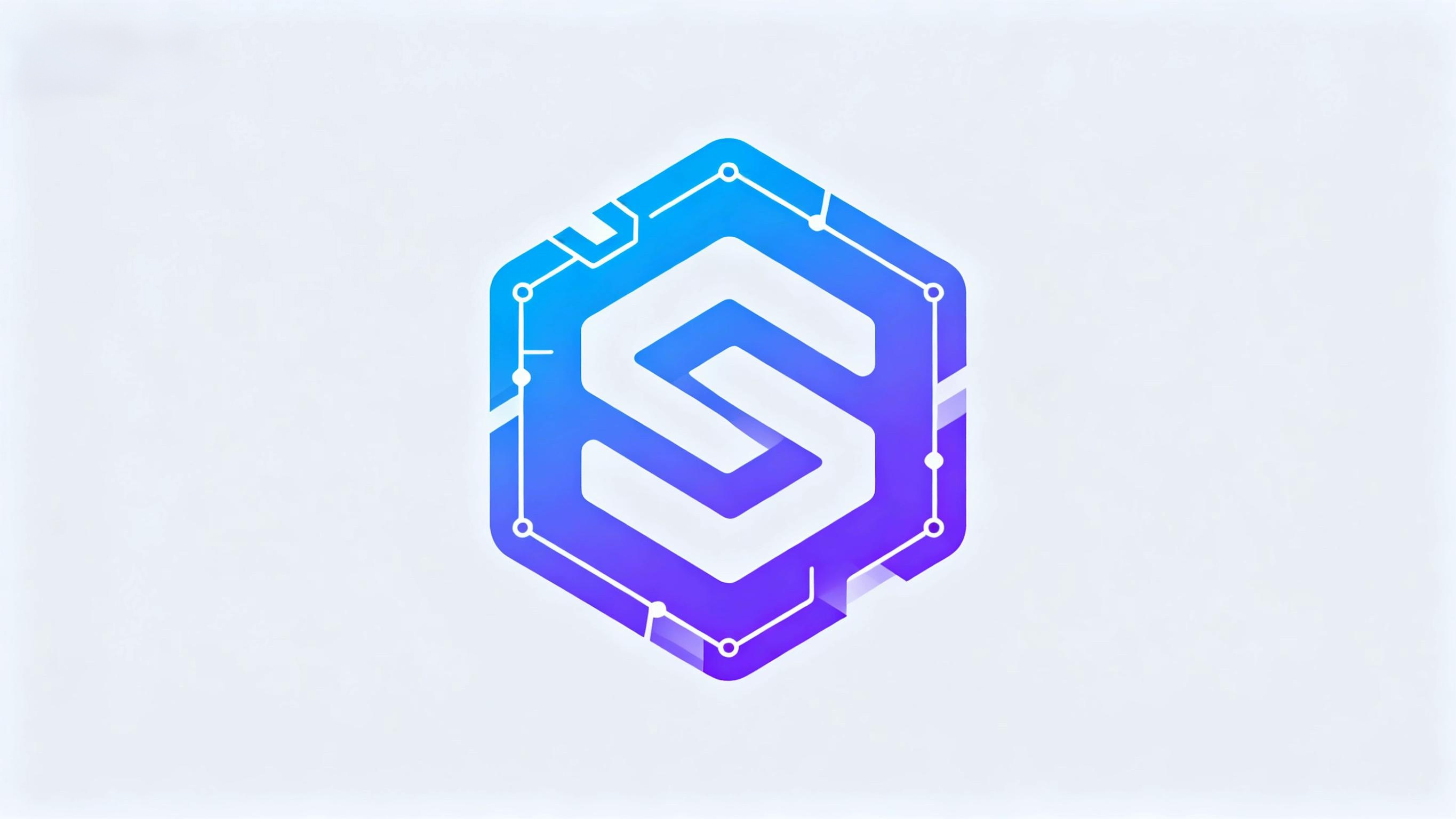
Binance is building an on-chain empire.
It has created two "mini-Binances," one called Alpha and one called Aster. One focuses on "on-chain spot trading," and the other focuses on "on-chain contract trading."
Binance's core businesses are contract and spot trading, and now it aims to tightly grasp the "on-chain spot and contract trading businesses" as well. Currently, it has successfully figured out the playbook for "on-chain spot trading" and has preliminarily begun exploring the "on-chain contract trading" business.
For a long time, attention in "on-chain spot trading" was largely captured by Solana ecosystem projects, while "on-chain contract trading" was primarily led by Hyperliquid. Both directly threatened Binance's core business. Binance is facing competition from two new paradigms.
What often topples giants is not the old paradigm, but the new one. Nokia, Intel, Yahoo, Motorola... too many companies that were invincible in the old paradigm fell behind during the transition to new paradigms. Those giants that didn't fall behind continued their glory. Tencent created WeChat beyond QQ, Alibaba invented Tmall beyond Taobao, and now Binance is also building its own "mini-Binances."
The contract business has always been Binance's most important and largest revenue source. However, Hyperliquid's perpetual contract trading volume has already exceeded 13% of Binance's, and its derivatives open interest is even close to 30% of Binance's. It directly threatens Binance's lifeline.
The spot business is Binance's most important customer acquisition channel, holding significant strategic importance. Meanwhile, Solana continuously captures the attention of crypto users. For a long period, the hotspots in the crypto world were almost concentrated on Solana, not Binance. A large number of users chose to trade on-chain via decentralized exchanges rather than on centralized exchanges. Binance's listing announcements were, for a considerable time, considered "contrarian indicators" or "top indicators." This nearly nullified the "Binance listing effect."
Both of Binance's core businesses—contracts and spot trading—are being challenged by the on-chain world. This has prompted Binance to decisively strategize its layout for "on-chain contracts" and "on-chain spot trading."
Alpha is Binance's most important foothold in entering "on-chain spot trading." Over the past six months, its prominence has grown, gradually securing an important position within the Binance ecosystem.
The week of September 15th to September 21st was considered the "rate cut week." During this week, Binance Alpha performed remarkably well, listing 10 tokens. Four of these tokens saw price increases exceeding 200%, with Aster surging up to 334% and STBL skyrocketing up to 45 times. (Note: Four other tokens among them almost went to zero. Investment requires caution.)
Binance Alpha uses a system where users accumulate points through trading volume, allowing high-point users to receive free airdrops. The returns from these airdropped tokens are quite substantial. For example, last week Binance Alpha airdropped 4,000 STBL tokens, which were worth about 2000 USDT just three days later. The 1,667 MYX tokens airdropped by Binance Alpha on May 6th are now worth $15,669, having peaked at $31,673, equivalent to 220,000 RMB.
"Experience Binance Alpha, and Binance gives you a car for free."
This has successfully attracted many crypto users back to the Binance ecosystem. However, the "Binance Alpha" product is not a charity; it has its own drawbacks. When the market declines, users who misuse the "Binance Alpha" product may also incur losses. Those who can maintain discipline are often in the minority.
The popularity of the "Binance Alpha" product represents a trend: the on-chain world is visibly developing at a speed that makes it the mainstream of the crypto world. Binance, OKX, Coinbase, Bybit, Bitget... almost all major exchanges have prioritized the development of Wallet products. But very few have truly stood out.
Previously, the user experience of Binance Wallet was often criticized. However, the launch of "Binance Alpha" made Binance Wallet an instant hit. Binance has found its "big boss" feeling in the on-chain world as well.
"Binance Alpha" has been developing for half a year, and some are gradually recognizing its positioning as the "on-chain spot mini-Binance." As for Aster, a project that launched its token less than a week ago but has already reached a Fully Diluted Valuation (FDV) of tens of billions of dollars, opinions remain divided and controversy is evident.
After Hyperliquid, does the market need so many Perp DEXs? What problems does Aster solve that Hyperliquid hasn't? Is it reasonable for Aster's market capitalization to surpass that of projects like Pump.fun and Arbitrum, which have long track records and substantial real trading volume, in such a short time? These questions require time to answer.
However, it is known that the emergence of Hyperliquid might cause more panic among centralized exchanges than the rise of Solana, making them take it extremely seriously. Whether it's Coinbase's AVNT, Binance's Aster, or OKX's X Layer, all are actively positioning themselves in the "on-chain contract exchange" arena. The fact that CZ posted five consecutive tweets in support of Aster underscores its significance.
Qualitative changes are occurring in the crypto exchange landscape. Exchanges becoming more decentralized has already become a definite trend.
By launching two "mini-Binances," Binance signals that it is no longer content with being the leader among centralized cryptocurrency exchanges. It is striving to establish itself as the king of the decentralized on-chain world.
















